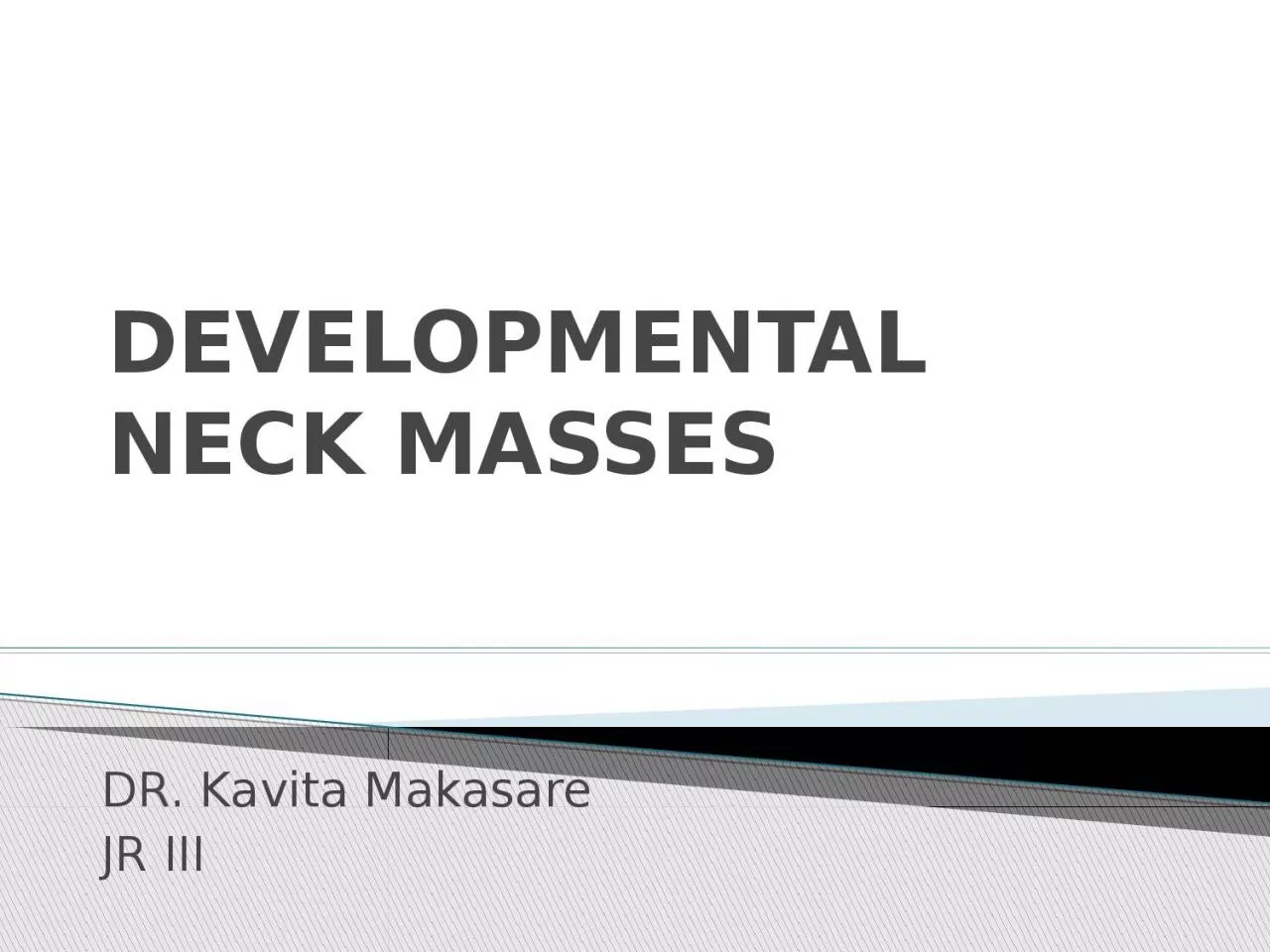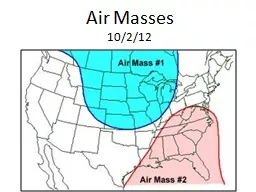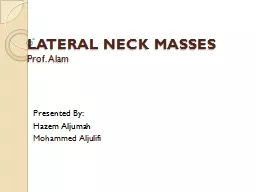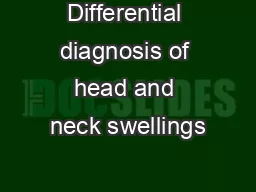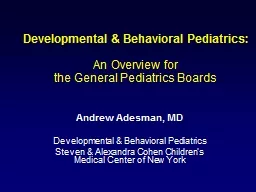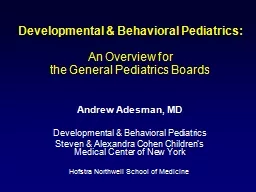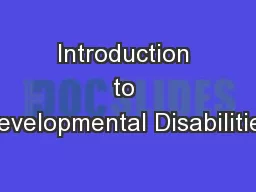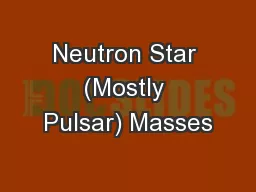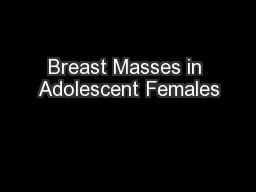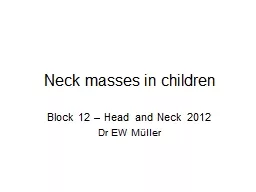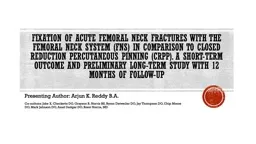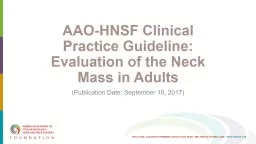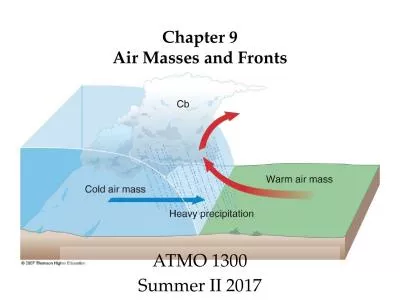PPT-DEVELOPMENTAL NECK MASSES
Author : isabella2 | Published Date : 2023-07-09
DR Kavita Makasare JR III Usually the 1 st investigation Relationship to the surrounding structures Confirms the cystic nature of lesion IMAGING MODALITIES USG
Presentation Embed Code
Download Presentation
Download Presentation The PPT/PDF document "DEVELOPMENTAL NECK MASSES" is the property of its rightful owner. Permission is granted to download and print the materials on this website for personal, non-commercial use only, and to display it on your personal computer provided you do not modify the materials and that you retain all copyright notices contained in the materials. By downloading content from our website, you accept the terms of this agreement.
DEVELOPMENTAL NECK MASSES: Transcript
Download Rules Of Document
"DEVELOPMENTAL NECK MASSES"The content belongs to its owner. You may download and print it for personal use, without modification, and keep all copyright notices. By downloading, you agree to these terms.
Related Documents

